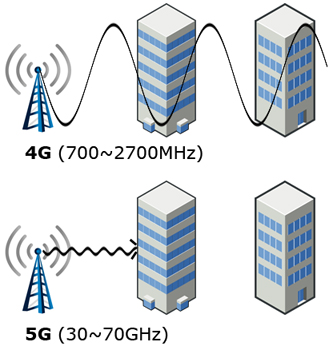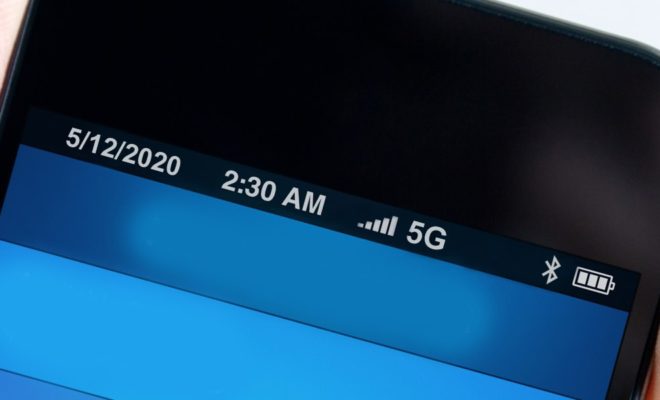Last month, Nokia Networks made industry waves when they unveiled a demonstration in New York of 5G technologies with peak speeds of 10Gbps. To put that in perspective, it is around 100 times the average speeds of the fastest American 4G networks. On such a network, you would be able to download a full-length HD film in a matter of seconds, which for our massively data hungry society, will be crucial to the future of mobile communications. Last October, Samsung Electronics achieved 7.5Gbps on 5G technologies from a stationary environment, and achieved a stable uninterrupted connection of 1.2Gbps, or approximately 150MB per second, in a vehicle traveling over 60 mph. Both demonstrations had a common thread, extremely high frequencies. Samsung’s tests operated in the 28GHz range, and Nokia’s tests pushed even higher into the 73GHz (mmWave) range.
This frequency range is sometimes referred to as the millimeter band, for good reason. While lower 4G frequencies, especially those reaching down to the 698MHz level, have highly penetrating wavelengths the size of buildings, the 30-80GHz range has wavelengths smaller than the size of a marble ball, and can be easily blocked by buildings or even hindered by atmospheric conditions such as rain. Therein lies the multi-billion-dollar question, knowing those limitations of high frequencies, just how will the infrastructure for such a network look and operate? The answer should be a welcome one to those who build these networks: massive amounts of more infrastructure.

Since smaller wavelengths operate in a line of sight fashion, more macro towers will be needed, and as those wavelengths get blocked by buildings, more indoor and outdoor distributed antennas systems will be needed.
So when can we expect this to begin to occur? The most common date heard on the street is 2020. With projections that the current rate of data demand will drastically increase over the coming years, along with the recent announcement of a Nokia / Alcatel Lucent merger bringing together two powerhouses in emerging mobile technologies, jet fuel has been poured onto the 5G fire.

